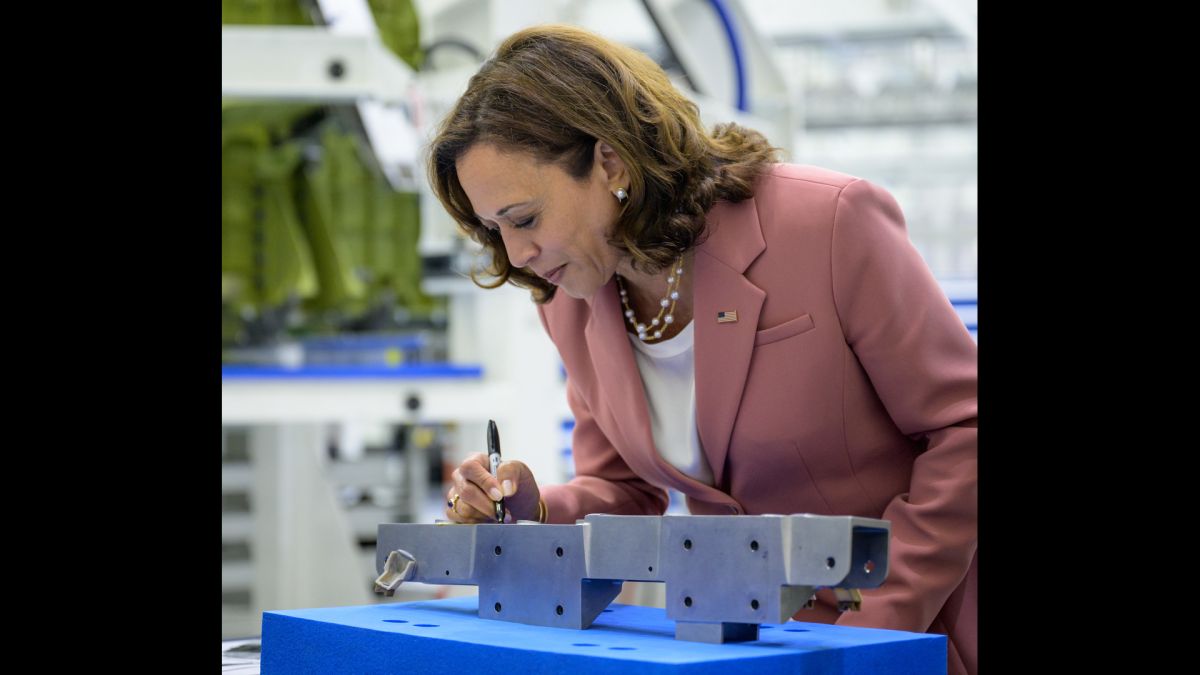Crew members aboard the International Space Station conducted scientific investigations during the week of Sept. 5 that included studying microgravity’s effect on the human grip, evaluating the behavior of liquids in a sphere, and launching small satellites carrying scientific investigations and technology demonstrations.
Read MoreMonth: September 2022
Mediterranean Cities Light Up the Night
This nighttime photograph from the International Space Station (ISS) as it orbited 261 miles above looks across the Mediterranean Sea from north Africa to southern Europe.
Read MoreNASA to Host National Space Council Meeting at Johnson Space Center
NASA to Host National Space Council Meeting at Johnson Space Center
Read MoreOn This Day In Space: Sept. 9, 1982: Conestoga 1, the 1st private rocket, launches from Texas
On Sept. 9, 1982, the first private rocket launched from a Texas cattle ranch. The Conestoga 1 rocket was designed by Space Services Inc. of America and built from spare parts of other rockets. It was named after a type of covered wagon that used to transport American settlers westward to the new frontier during the 19th century. The private Conestoga 1 rocket sits atop its launchpad at Matagorda Island, Texas ahead of its historic Sept. 9, 1982 launch. It was the first privately developed rocket to fly. (Image credit:…
Read MoreVP Kamala Harris to lead National Space Council meeting today (Sept. 9)
Vice President Kamala Harris will preside over her second National Space Council meeting on Friday (Sept. 9), and you can watch it live. The meeting, held at NASA’s Johnson Space Center in Houston, is scheduled to begin at 2:20 p.m. EDT (1840 GMT), according to the vice president’s schedule (opens in new tab). We expect NASA or the White House to livestream the meeting. If that happens, you can watch it here at Space.com when the time comes, or access the livestream directly via The White House (opens in new…
Read MoreInterstellar objects might have crashed on to the moon
At least one interstellar object (ISO) has likely crashed into Earth’s moon over the eons, a new paper suggests. The moon, which is filled with thousands of craters, is thus a good hunting ground for objects originating in interstellar space, the authors suggest through statistics and simulation. “Given the number of ISOs that we expect to encounter in the solar system, there are probably a few craters that were formed by very high-speed ISOs throughout the solar system, and there are probably one or two on the moon,” lead author…
Read MoreNASA’s Hubble Finds Spiraling Stars, Providing Window into Early Universe
On This Day In Space: Sept. 8, 2004: NASA’s Genesis spacecraft crash-lands in Utah
On Sept. 8, 2004, NASA’s Genesis spacecraft crash-landed in Utah after its parachutes failed to deploy. Genesis was NASA’s first sample-return mission since the Apollo program and the first to bring back samples from anywhere farther than the moon. The spacecraft picked up solar wind particles while orbiting the L1 Lagrange point, which is about 1 million miles away from Earth. L1 is a “sweet spot” between the Earth and the sun, where the gravitational pull from both objects balances out. Accidents do happen, as shown by NASA’s Genesis…
Read MoreDiscovery of alien world with strange, tilted orbit puzzles astronomers
The orbit of an exoplanet around a star in a binary star system has been portrayed in three dimensions for the first time. The planet orbits its star at a different angle to the plane of the orbit of the two stars, and the misalignment could offer clues as to how planets form in binary systems. The exoplanet, GJ 896Ab (note the lower case b for the planet), was found in the binary system GJ 896AB (note the capital A and B for the two stars) that is located 20.3…
Read MoreWhat are bosons?
Bosons are particles that carry energy and forces throughout the universe. The standard model of particle physics — the most robust theory we have of the sub-atomic world — divides every particle in the universe and even the larger composite particles fit into two broad categories; fermions and bosons. Fermions such as quarks, electrons, neutrinos, protons, and neutrons are the foundation of matter, while one category of bosons, the gauge bosons, are responsible for acting as the ‘carriers’ of at least three of the four fundamental forces — electromagnetism, the…
Read More